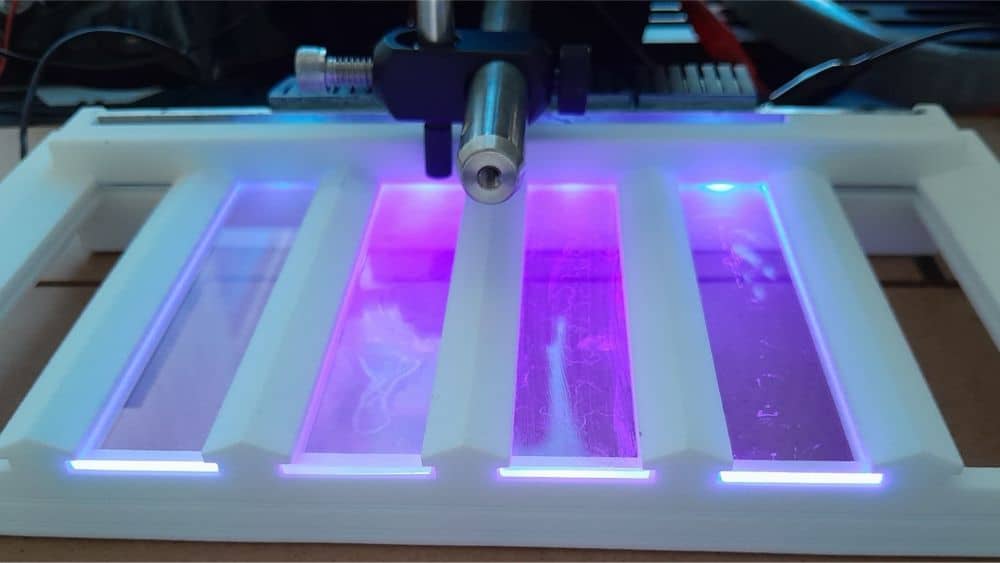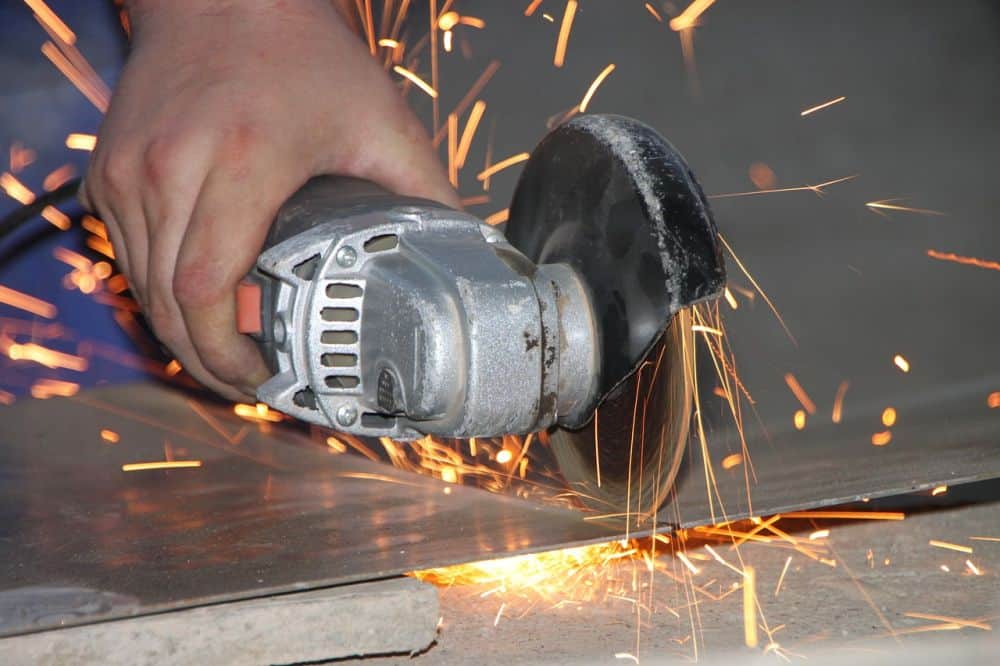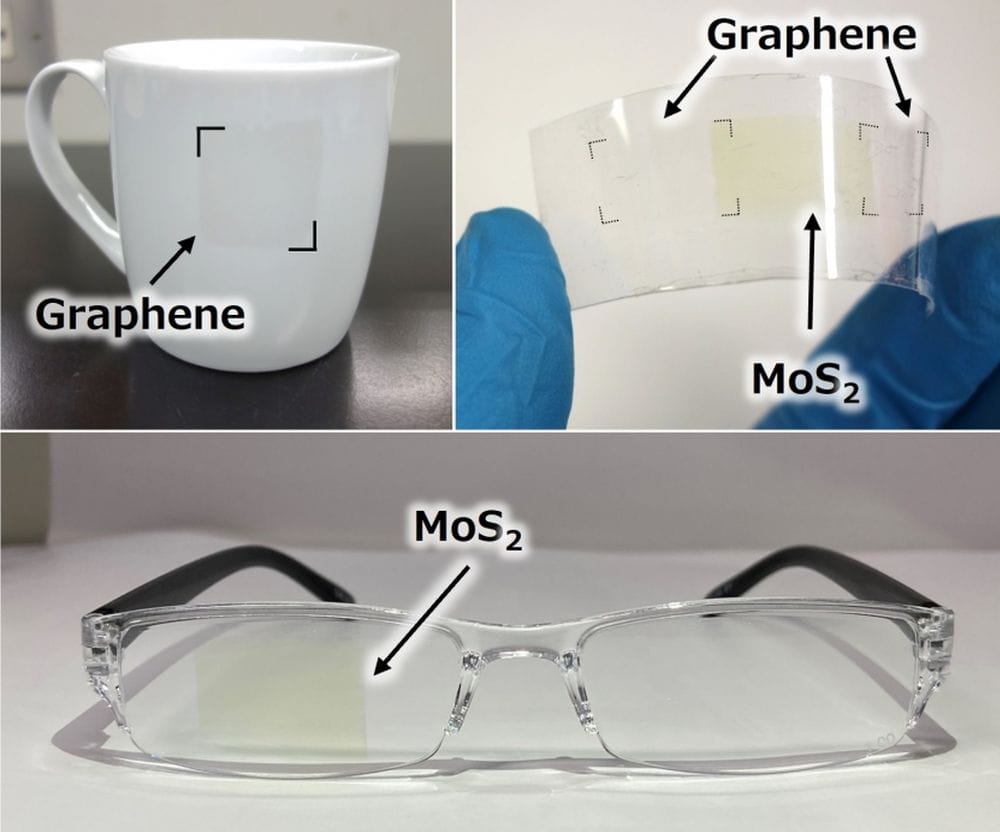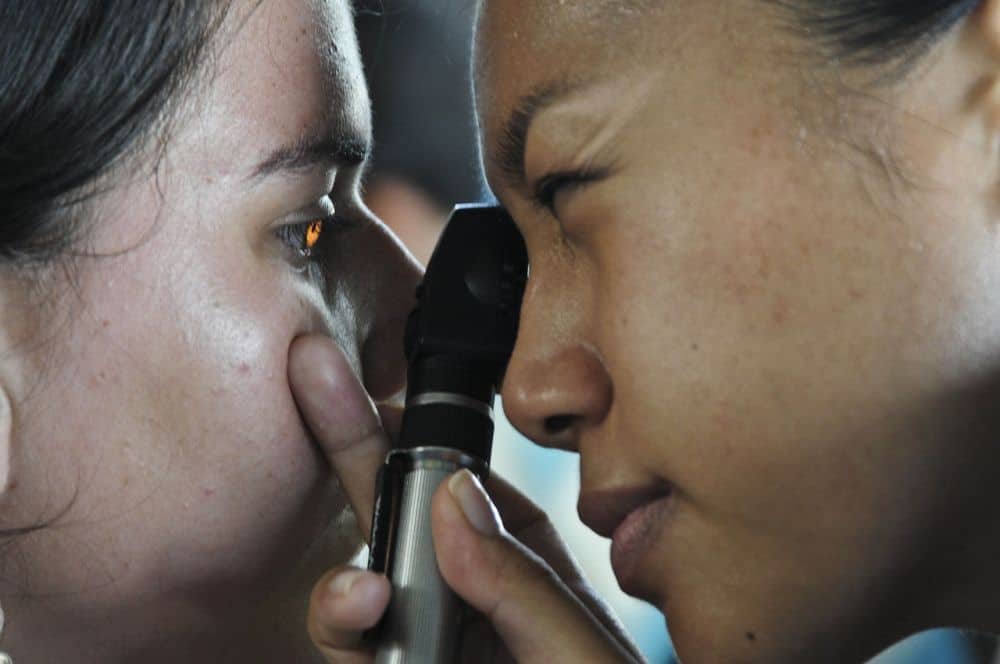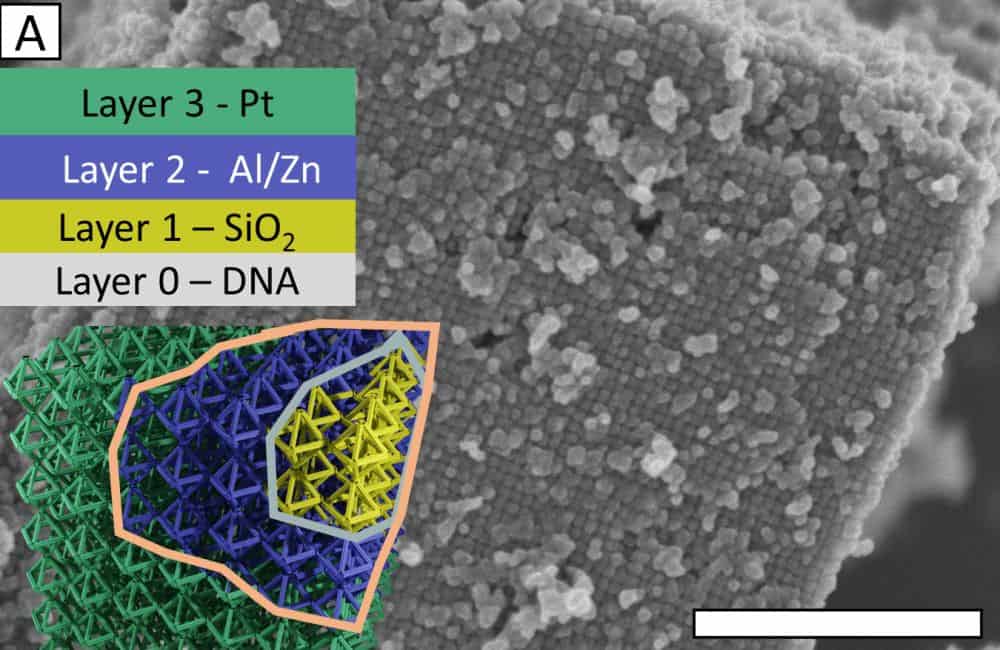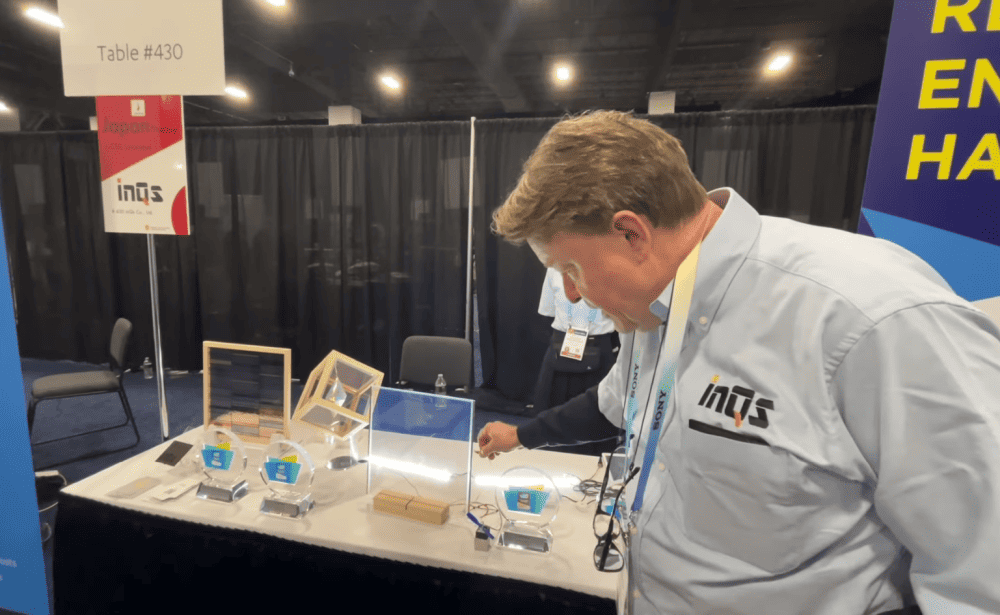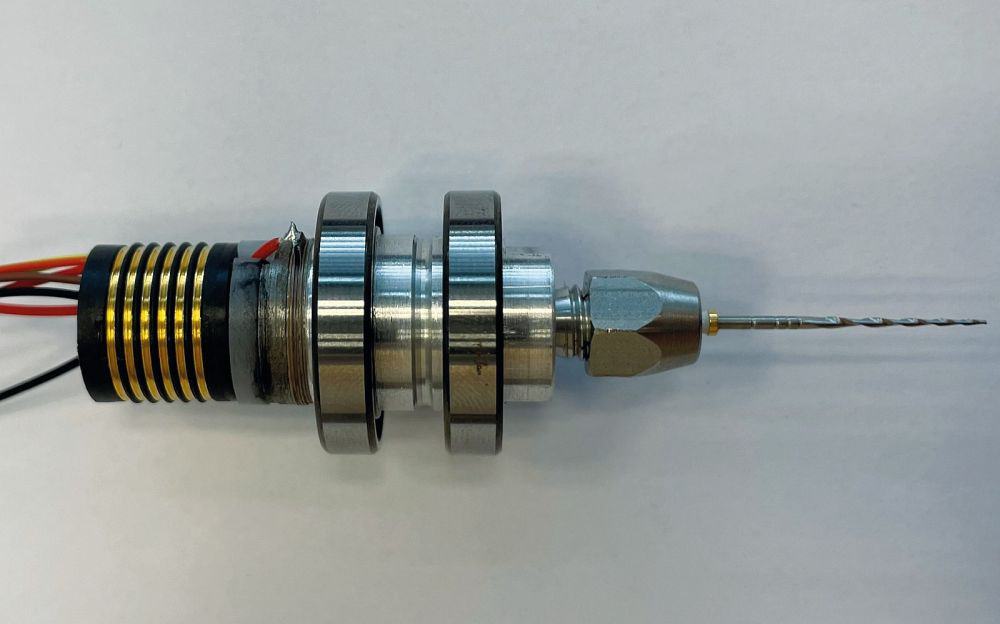Biofouling is a big problem for seafaring vessels, with the U.S. Navy spending millions each year in added fuel use and cleaning costs. Researchers led by the University of Massachusetts Amherst developed an ultraviolet-emitting glass that can effectively prevent biofilm formation.
Read MoreCertain carbon nitride compounds are predicted to rival or surpass diamond in terms of hardness, but attempts to experimentally synthesize these compounds in the past 30 years have failed. Now, in a recent groundbreaking study, researchers report successful synthesis of four covalent carbon nitrides that can all be recovered at ambient conditions.
Read MoreMass producing long, high-quality semiconductor fibers for use in wearable technology is challenging. Researchers at Nanyang Technological University in Singapore identified the ideal combination of materials and processing parameters to achieve consistent production of ultrathin, ultralong, high-quality semiconductor fibers using the molten-core method.
Read MoreSuccessful plastic deformation of nitride ceramics has to date been limited to samples on the micro and nanoscale. Now, researchers from Yanshan University in China achieved plastic deformation in a bulk boron nitride ceramic by modifying its layered van der Waals structure.
Read MoreResearchers in Japan showed that adhesive tape, though not the answer to mass graphene production, may be an ideal solution for mass transfer of 2D materials.
Read MoreTo date, efforts to develop retinal prostheses have achieved limited success. But the turn toward flexible rather than rigid platforms for these devices is leading to significant advances in the research community.
Read MoreIn July 2023, researchers announced the creation of high-strength, lightweight glass nanolattices by coating DNA origami scaffolds with silica. Their new open-access paper, published in January 2024, describes the functionalization of these glass-coated scaffolds by infiltrating the nanolattice with metal and metal oxide particles.
Read MoreElectrocaloric materials have potential to replace liquid refrigerant in cooling systems, thus avoiding the emission of harmful greenhouse gases. But currently, electrocaloric devices can only operate within a small temperature span. A recent study reported a new electrocaloric prototype with greatly improved temperature span and cooling power.
Read MoreDuring CES 2024, which took place January 9–12 at the Las Vegas Convention Center, numerous companies showcased solar technology innovations. Today’s CTT highlights several key announcements made during the show.
Read MoreThough modern root canal treatments are not overly painful thanks to advancements in medical technology, the need to frequently clean the rotary file can lengthen procedure time. Researchers at Fraunhofer Institute for Ceramic Technologies and Systems IKTS created a file that features both rotational and vibrational motion, which reduces the amount of cleaning required.
Read More
